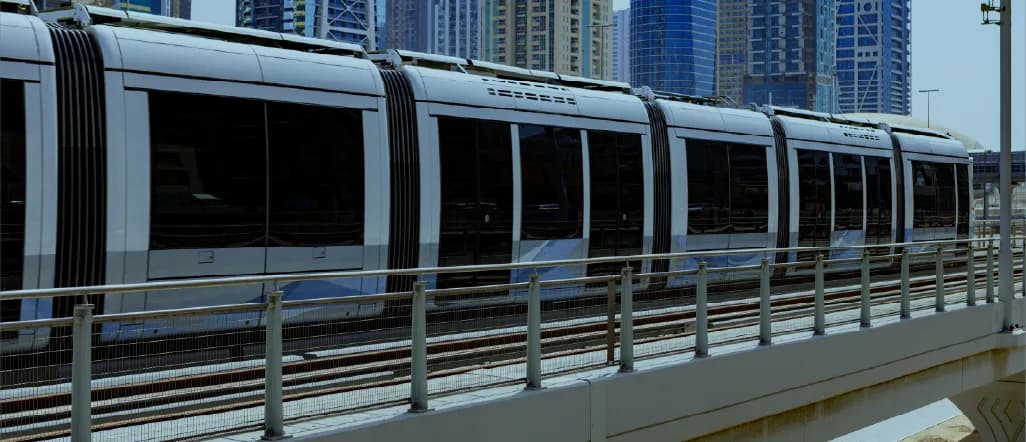The Urban Metro Rail and Mass Rapid Transit Enhancement Program is a comprehensive initiative aimed at transforming urban mobility through the development and optimization of metro rail and Mass Rapid Transit (MRT) systems. This program is designed to address key challenges in urban transportation, including traffic congestion, environmental impact, and transit reliability. The program includes the following core components:
New Line Construction:
Developing and building new metro rail and mass rapid transit lines to expand coverage and connectivity within urban areas. This involves planning and constructing new routes that connect major city hubs, residential areas, and commercial centers, thereby increasing accessibility and convenience for commuters.
Infrastructure Upgrades:
Enhancing existing metro rail and MRT infrastructure to improve service quality and operational efficiency. This includes modernizing stations, tracks, signaling systems, and rolling stock to meet current standards and accommodate increased passenger volumes. Upgrades will also focus on improving safety, accessibility, and comfort for users.
Integration of Advanced Technologies:
Implementing cutting-edge technologies to enhance the efficiency and performance of transit systems. This involves incorporating smart ticketing systems, real-time tracking and scheduling apps, automated train controls, and energy-efficient technologies to streamline operations and improve user experience.
Traffic Congestion Alleviation:
Aiming to reduce road traffic congestion by providing a reliable and efficient alternative to personal vehicle use. By expanding and optimizing metro rail and MRT services, the program seeks to encourage more people to use public transportation, thereby easing congestion on roadways and reducing overall travel times.
Emission Reduction:
Contributing to environmental sustainability by lowering greenhouse gas emissions associated with urban transport. The program supports the use of electric and low-emission trains, which helps to decrease the carbon footprint of public transit and improve air quality in urban areas.
Reliable, High-Capacity Transit Solutions:
Providing dependable and high-capacity transit options to accommodate growing urban populations. The program is designed to deliver frequent and punctual services, capable of handling large numbers of passengers efficiently and reducing overcrowding.
Support for Sustainable Urban Growth:
Aligning with broader goals of sustainable urban development by promoting public transportation as a key component of smart city planning. The program supports the creation of transit-oriented developments and integrates with other sustainable infrastructure projects to foster balanced and environmentally friendly urban expansion.
Community and Economic Benefits:
Enhancing the quality of urban life by providing accessible and efficient transportation options. The program aims to stimulate economic growth by improving connectivity, supporting local businesses, and creating job opportunities through construction and operational activities.
Stakeholder Engagement:
Engaging with local communities, businesses, and government agencies to ensure that the program meets the needs and expectations of all stakeholders. This includes soliciting feedback, addressing concerns, and promoting public awareness and support for the project.







